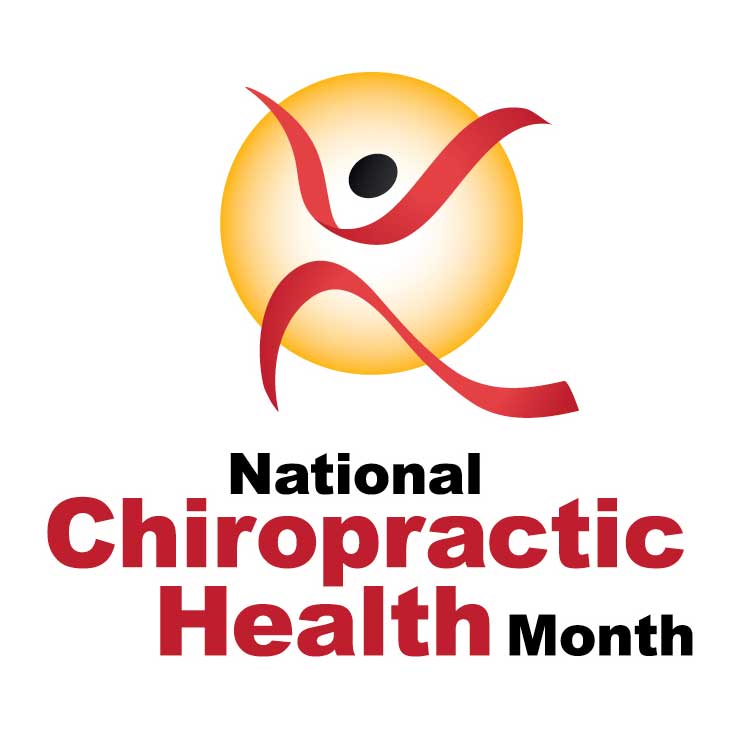Hurray, I can hear the Champagne corks popping: this month is ‘National Chiropractic Months’ in the USA – a whole month! This has depleted my stock of the delicious fizz already in the first three days.
Now that my bottles are empty (is there a chiropractic cure for a hang-over?), I must find other ways to celebrate. How about a more sober look at what has been published in the medical literature on chiropractic during the last few days?
A quick look into Medline identifies several articles of interest. The very first one is a case-report:
Spinal epidural hematoma (SEH) occurring after chiropractic spinal manipulation therapy (CSMT) is a rare clinical phenomenon. Our case is unique because the patient had an undiagnosed cervical spinal arteriovenous malformation (AVM) discovered on pathological analysis of the evacuated hematoma. Although the spinal manipulation likely contributed to the rupture of the AVM, there was no radiographic evidence of the use of excessive force, which was seen in another reported case. As such, patients with a known AVM who have not undergone surgical intervention should be cautioned against symptomatic treatment with CSMT, even if performed properly. Regardless of etiology, SEH is a surgical emergency and its favorable neurological recovery correlates inversely with time to surgical evacuation.
This is important, I think, in more than one way. Many chiropractors simply deny that their manipulations cause serious complications of this nature. Yet such cases are being reported with depressing regularity. Other chiropractors claim that excessive force is necessary to cause the damage. This paper seems to refute this notion quite well, I think.
But let’s not be inelegant and dwell on this unpleasant subject; it might upset chiros during their month of celebration.
The next article fresh from the press is a survey – chiropractors are very fond of this research tool, it seems. It produced a lot of intensely boring data – except for one item that caught my eye: the authors found that ‘virtually all Danish chiropractors working in the primary sector made use of manipulation as one of their treatment modalities.’
Why is that interesting? Whenever I point out that there is no good evidence that chiropractic manipulations generate more good than harm, chiropractors tend to point out that they do so much more than that. Manipulations are not administered to all their patients, they say. This survey is a reminder (there is plenty more evidence on this issue) of the fact that the argument is not very convincing.
Another survey which has just been published in time for the ‘celebratory month’ is worth mentioning. It reports the responses of patients to questions about chiropractic by providing the ‘positive angle’, e.g.: ‘Most (61.4%) respondents believed that chiropractic care was effective at treating neck and back pain…’ Just for the fun of it, I thought it might be worth doing the opposite: 39% did not believe that chiropractic care was effective at treating neck and back pain… If we use this approach, the new survey also indicates that about half of the respondents did not think chiropractors were trustworthy, and 86% have not consulted a chiropractor within the last year.
Oh, so sorry – I did not mean to spoil the celebrations! Better move on then!
A third survey assessed the attitudes of Canadian obstetricians towards chiropractic. Overall, 70% of respondents did not hold a positive views toward chiropractic, 74% did not agree that chiropractic had a role in treatment of non-musculoskeletal conditions, 60% did not refer at least some patients for chiropractic care each year, and comments of the obstetricians revealed concerns regarding safety of spinal manipulation and variability among chiropractors.
And now I better let you get on with your well-deserved celebrations and look for another bottle!


I think we need to maintain a standard here. The case report of spinal epidural hematoma was published in an obscure journal (which I can’t access to reads the whole thing) and the way the case is presented is easily dismissable as post hoc fallacy.
not as obscure a journal as all the chiro-journals and most of the alt med journals, surely!
‘easily dismissible as post hoc fallacy’ [note the correct spelling] only if you have been to chiro-school, I’d say.
Apologies for the typo!
Whatever is that logo about? Yellow ball, red ribbons, and black dot (eye?) I don’t get it at all. Any thoughts?
I suppose the dot is the head, the upper red ribbon, the arms and the lower, the legs. They usually have a spine, of course, so no idea what happened here. It conveys little.
Professor Ernst you appear to be misrepresenting the results of the Danish survey by suggesting that it shows that chiropractors manipulate most of their patients the paper actually states:
“Virtually all Danish chiropractors working in the primary sector make use of manipulation while trigger point treatment and other soft tissue techniques are offered by 85-90 % and exercise instructions by more than 80 %. The Danish surveys did not ask about the proportion of patients the various treatment modalities were given to.”
Should we infer from this that between 26% and 40% of Canadian obstetricians have either neutral or positive views of chiropractic? If so, this seems a worryingly high proportion.
Can someone help me. My wife age is 30 and she is having spinal avm problem and due to that her lower limb is not working. there is no sensation and power & having problem in passing urine and tools.please suggest.
see your doctor; surgery might be required.
I agree with EE’s advice!
Please try to find an experienced physician to evaluate and hopefully treat this problem. If I am not mistaken, by “avm” you mean arterio-venous malformation. With the symptoms you describe, the longer correct intervention is delayed, the more risk there is of permanent damage and disability.
A Chiropractor will only make things worse in such a situation. Please do not spend time or money on that!
http://www.mayoclinic.org/diseases-conditions/spinal-arteriovenous-malformations/basics/definition/con-20036382
I hope for your wife!